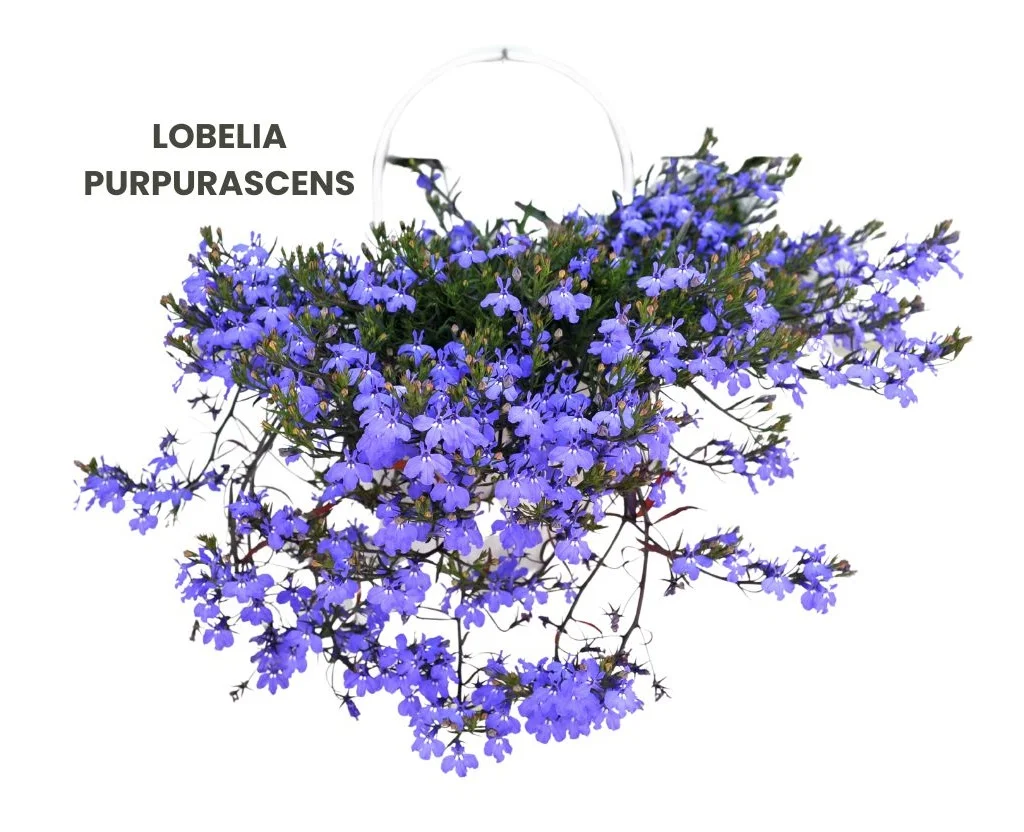Lobelia purpurascens, commonly known as Purple Lobelia, is a homeopathic remedy known for its profound effects on the vital forces and nervous system.
This remedy is particularly effective in treating conditions characterized by severe nervous prostration, respiratory paralysis, and profound exhaustion.
It is often used in cases of influenza-related nervous prostration, coma, and various respiratory and cardiovascular symptoms.

Table of Contents
ToggleSOURCE INFORMATION
Scientific Classification
- Kingdom: Plantae
- Clade: Angiosperms
- Clade: Eudicots
- Order: Asterales
- Family: Campanulaceae
- Genus: Lobelia
- Species: L. purpurascens
Botanical Description
- Lobelia purpurascens is a perennial herb with a typical height of 30-60 cm.
- It features lance-shaped leaves and vibrant purple flowers, which bloom in clusters.
- The plant is native to North America and is commonly found in moist, wooded areas and along streams.
Origin and Historical Facts
- Origin: Native to North America.
- Historical Uses: Lobelia species have been used traditionally by Native American tribes for their medicinal properties, including treatments for respiratory and nervous conditions.
- Homeopathic Use: Introduced into homeopathy for its specific action on the nervous and respiratory systems, particularly in cases of profound prostration and paralysis.
Phytochemistry
- Main Components: Contains alkaloids such as lobeline, which contribute to its medicinal properties.
- Medicinal Properties: The alkaloids present in Lobelia purpurascens are known for their effects on the nervous and respiratory systems, causing relaxation and dilation of the bronchi.
DRUG PATHOGENESIS
- Primary Action: Lobelia purpurascens primarily affects the nervous and respiratory systems, leading to profound prostration and respiratory paralysis.
- Secondary Action: It also impacts the cardiovascular system, causing sensations of paralysis and slow, superficial respiration.
KEY CHARACTERISTICS
- Profound Prostration: Severe exhaustion of all vital forces and the nervous system.
- Respiratory Paralysis: Difficulty in breathing due to weakened respiratory muscles.
- Nervous Prostration of Influenza: Extreme fatigue and nervous exhaustion associated with influenza.
- Coma: State of deep unconsciousness.
PARTICULAR ORGAN SYMPTOMS
HEAD
- Confusion and Depression: Mental confusion and feelings of depression.
- Headache: Headache accompanied by nausea and vertigo, especially felt between the eyebrows.
- Spasmodic Closure of Lids: Inability to keep the eyes open due to spasmodic closure of the eyelids.
CHEST
- Superficial Respiration: Shallow and slow breathing.
- Heart and Lung Paralysis: Sensation of paralysis in the heart and lungs, making respiration feel labored and slow.
- Booming Heartbeat: Sensation that the heartbeats sound like the boom of a drum.
EYES
- Drowsiness: Persistent drowsiness and a strong urge to keep the eyes closed.
MODALITIES
- Worse from: Physical exertion, mental strain.
- Better from: Rest, staying in a calm and quiet environment.
WHAT ARE MODALITIES IN HOMOEOPATHY?
RELATIONSHIP WITH OTHER DRUGS
Compare with
- Baptisia: Known for its use in treating profound prostration, influenza, and typhoid conditions.
- Lobelia cardinalis: Used for debility, especially of the lower extremities, oppressed breathing, and pleurisy with sticking pain in the chest on taking a long breath.
DOSE
- Potency: Third potency (3X or 3C).
- Dosage: The exact dosage and frequency should be determined by a homeopathic practitioner based on the individual’s symptoms and response to treatment.
Frequently Asked Questions
What are the main indications for Lobelia purpurascens?
- Lobelia purpurascens is primarily indicated for profound prostration, respiratory paralysis, nervous prostration of influenza, coma, and various respiratory and cardiovascular symptoms.
How should Lobelia purpurascens be taken?
- It is usually taken in the third potency (3X or 3C). The exact dosage should be determined by a homeopathic practitioner.
Are there any side effects of using Lobelia purpurascens?
- In homeopathic doses, side effects are rare. However, if symptoms worsen or new symptoms appear, it is advisable to consult with a homeopathic practitioner.
Can Lobelia purpurascens be used alongside conventional medications?
- Yes, but it is important to inform your healthcare provider and homeopathic practitioner about all the medications and treatments you are currently using to avoid potential interactions.
What should I do if I experience worsening symptoms?
- If symptoms worsen, contact a homeopathic practitioner or healthcare provider to reassess the treatment plan.
What is “prostration”?
- Prostration refers to a state of extreme physical weakness or exhaustion.
What is “trismus”?
- Trismus, commonly known as lockjaw, is the involuntary contraction of the jaw muscles, making it difficult to open the mouth.
Lobelia purpurascens is a versatile homeopathic remedy addressing a range of symptoms, particularly those related to the nervous, respiratory, and cardiovascular systems.
Always consult with a qualified homeopathic practitioner for personalized treatment and dosage.
